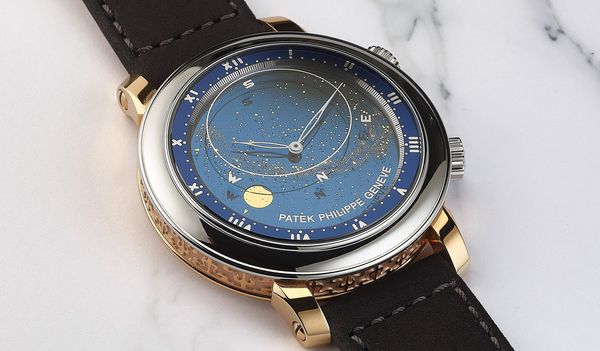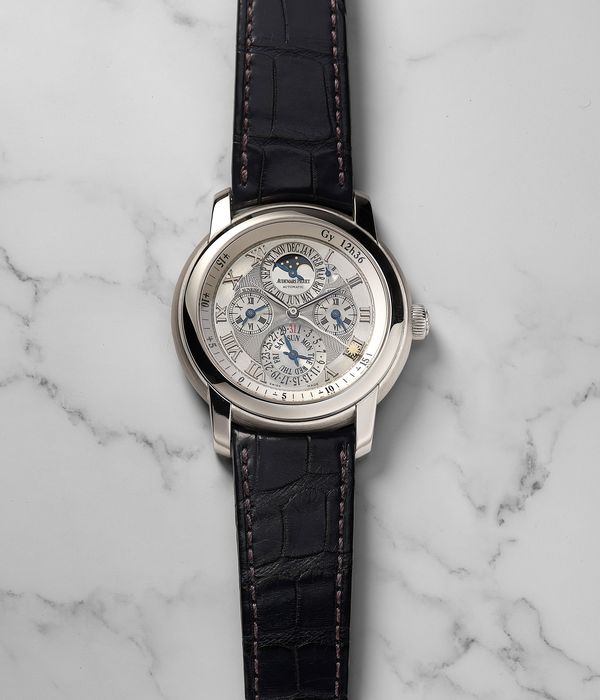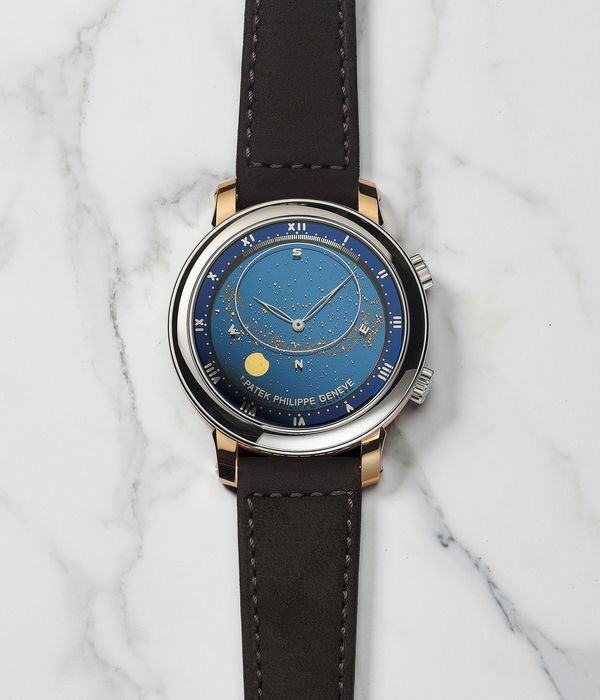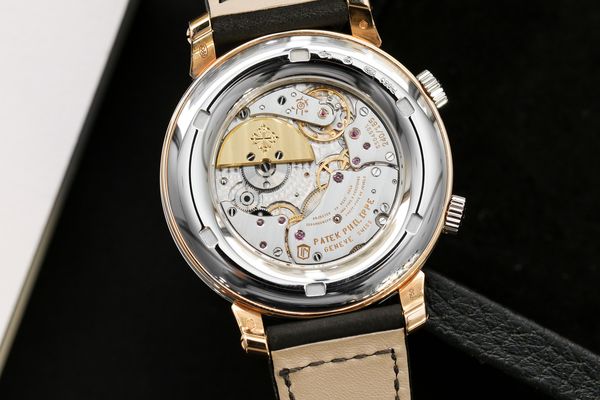Astronomy has long been one of the deepest fascinations of humankind, whether we consider the very planet we inhabit, our solar system, the Milky Way, and the galaxies that are thousands of light-years away, there are never-ending explorations given the indescribable scale of the universe. Perhaps it is the unknown that powers our curiosity, and to seek advancement in science, or simply because the deeper we make observations into space, the further we can, quite literally, look back in time; and maybe if we look far enough, answers might present themselves that fulfill our urge in understanding cosmology.
Time itself is certainly closely related to astronomy, as the beginning of time telling was purely based on observation rather than calculation, where natural events became the earliest measurements of time: daybreak, sunrise, noon, sunset and darkness. Even after clocks and pocket watches were invented, the observation has never stopped as astronomers will continue to look up into the sky, discovering the universe with its plethora of celestial objects and phenomena that we can only observe and ponder on.
One observation, which was brought about by our desire to categorise and divide time into regularly measurable intervals, is the inconsistency of length of a day throughout a year, in short, the difference between Local Apparent Time (LAT) and Mean Solar Time (MST). The 24 hours we are familiar with, themselves divided into 60 minutes, only represents MST. In fact, LAT, which is when the sun appears at the same point in the sky each day, say, the highest point, actually varies throughout the course of a year, with the difference ranging from minus 16 minutes and 23 seconds on November 4th to plus 14 minutes and 22 seconds on February 11th, with variances within that range also related to your exact position on Earth. Such discrepancy is caused by the effect of the elliptical orbit of our planet and its tilted axis of rotation, with this astronomical phenomenon inspiring the complication, namely the equation of time, to display the excess or deficiency to the mean solar time.
In the Jules Audemars Equation of Time by Audemars Piguet, the complication is displayed with an extra hand, pointing at markers engraved on the bezel. As per the owner’s request, the desired location and its mean noon time will also be imprinted on the opposite of the equation of time markers, and the appropriate cam will be fitted to the watch according to said location, allowing a speedy observation of the true noontime of the day. On top of that, the subsidiary dials at three and nine o’clock display the sunset and sunrise time, again at the specific chosen location. The watch also features a perpetual calendar and an astronomical moon phase instead of a horological moon phase, which provides for a much more precise reading of the moon.
While the above timepiece covers the celestial events during the day, the following one covers the movement in the sky at night. The Patek Philippe 5102 Celestial captures the charm of the nocturnal sky and transforms it into a mechanical artwork for the wrist; the stunning visual components of the complication really do not need much of an introduction. The dial is composed of three layers of superimposed sapphire discs, filled with stars, the Milky Way, Sirius, which is the brightest star in the night sky, and the moon in its progression phases, all rotating in real time to compose a celestial image. Elements that appear inside the elliptical white frame would also appear identical if observing the night sky from any city with the same latitude as Geneva.
The difficulty in creating the movement lies upon the difference in rotational interval between elements, and to achieve high accuracy on the overall complication. The Mean Solar Time is displayed on this reference with skeletonized feuille hands, while all other celestial indications are on two sapphire disc that rotate at different rates, as follows: the first disc, which consists of the meridian passage of Sirius and the star positions, rotates counter-clockwise at a rate of 23 hours, 56 minutes and 4 seconds (sidereal day), while the second disc, that indicates the meridian passage and angular motion of the moon, rotates counter-clockwise at a rate of 24 hours, 50 minutes and 28 seconds (lunar day). Though inherently mathematical, the concept makes it challenging to find the optimal gear ratio to accommodate such complex complications accurately, with the thought and effort that goes into the watch making it as beautiful as it appears.
Through the development of these two timepieces, it is further proof that astronomy and horology are really inseparable enchantments, that evoke the curiosity of humankind and celebrate its celestial discoveries. Above their technical achievements, it’s their quiet beauty that appeals, along with a reminder that our universe extends well beyond our habitual time frame.



